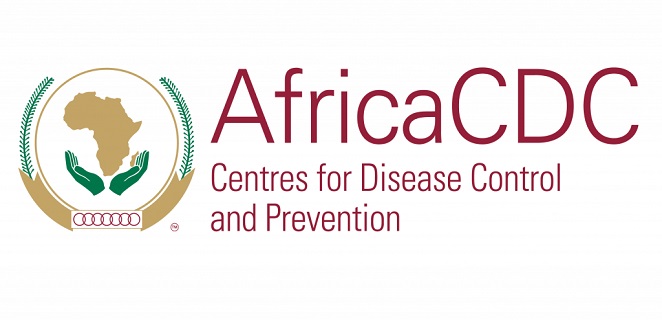LACK of information, coupled with strong cultural beliefs around virginity and womanhood have slowed down uptake of alternative menstrual health products in marginalised communities.
By Michael Gwarisa
Most young girls and women in rural and other marginalised communities in Zimbabwe lack access to affordable and safe sanitary care products. Over the years, various companies in Zimbabwe have come up with innovative means of managing menstrual health in the form of menstrual cups, menstrual pants and reusable sanitary pads.
In an interview with HealthTimes, United Nations Population Fund (UNFPA ) Rep Dr Esther Muia said communities lack adequate knowledge regarding alternative menstrual health care and based on experiences gathered during a pilot distribution in Harare and two rural districts, communities have little knowledge of alternative menstrual health products.
We are pleased that a variety of methods to manage menstrual health is now becoming available, as they have a potential to positively influence women’s health, provide more choice, enhance women’s and girls’ dignity, and reduce the burden on the environment and waste management caused by the more traditional disposable pads and tampons.
She added that in 2018, UNFPA and its partners conducted a pilot distribution of menstrual cups in addition to the existing support with disposable pads girls reached through UNFPA programs.
“Based on the 2018 experiences, parents, communities, and the girls themselves lack basic information on biological facts around menstruation to start with. In addition to this, cultural perceptions around virginity pose the strongest obstacle against use of menstrual cups, even if the girls or their families are unable to afford any menstrual health products at all.
“Despite initial difficulties experienced by some of the girls, more than 90% continued to use the cup throughout the year. Implementing partners have expressed strong interest in receiving menstrual cups for widespread distribution in the 20 districts that UNFPA supports.”
Meanwhile, UNFPA is planning to include reusable pads in the 2019 distribution cycle, as well as a small quantity of the recently introduced period underwear.
“ Initial discussions with our partners indicate that all methods are seen as acceptable, depending on circumstances and environment in the different locations (e.g. water availability, age of girls reached, etc.),” she said.
UNFPA’s partners implement a comprehensive community programme which includes ongoing interactions with community leaders and parents, in addition to regular meetings with vulnerable girls in the Sista2Sista mentoring clubs. By pursuing all these different avenues of communication, and through intensive follow-up by programme managers and the supplier of the cups, the initial reluctance (also among the implementing partner staff) was overcome.
Speaking on how best Zimbabwean communities could overcome fears in adopting new menstrual health products, Dr Muia said there was need to provide complete and transparent information on benefits, potential risks (if any), cost, and how exactly the method is to be used is key in successfully making a range of products available.
“This also needs to include follow-up and support over an extended period of time to ensure that ‘teething problems’ with a new method are identified, addressed, and resolved. Key stakeholders are parents / guardians, teachers, community leaders, and peer leaders among young people.
“There is a need to ensure that relevant teaching is provided in schools even before puberty. This should also include boys in an effort to promote male engagement and a more conducive environment for girls and women.”
She also said there was need for early engagement with the relevant authorities so as to raise awareness and increase uptake of alternative menstrual health management products.
“Early and ongoing engagement with potential beneficiary communities, and the intended end users of the products. Menstrual health information needs to be made widely available e.g. through social media, internet, and other innovative communication channels.”




